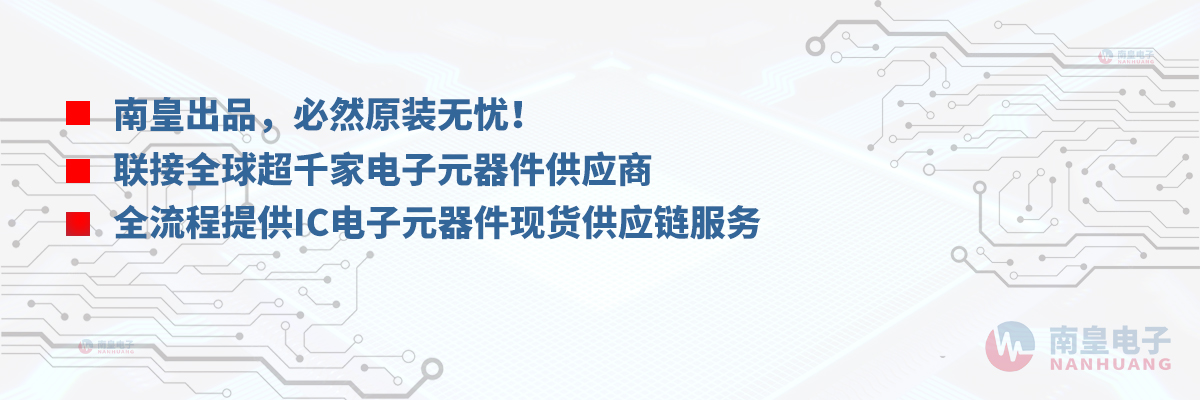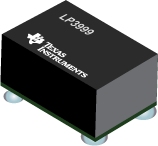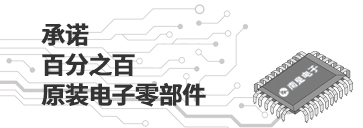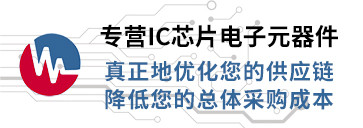

LP3999是TI公司的一款单通道LDO产品,LP3999是用于射频/模拟应用的低噪声 150mA 电压稳压器,本页介绍了LP3999的产品说明、应用、特性等,并给出了与LP3999相关的TI元器件型号供参考。
LP3999 - 用于射频/模拟应用的低噪声 150mA 电压稳压器 - 单通道LDO - 线性稳压器(LDO) - TI公司(Texas Instruments,德州仪器)
The LP3999 regulator is designed to meet the requirements of portable wireless battery-powered applications and will provide an accurate output voltage with low noise and low quiescent current. Ideally suited for powering RF/Analog devices this device will also be used to meet more general circuit requirements.
For battery powered applications the low dropout and low ground current provided by the device allows the lifetime of the battery to be maximized.The inclusion of an Enable(disable) control can be used by the system to further extend the battery lifetime by reducing the power consumption to virtually zero. Should the application require a device with an active disable function please refer to device LP3995.
The LP3999 also features internal protection against short-circuit currents and over-temperature conditions.
The LP3999 is designed to be stable with small 1.0 µF ceramic capacitors. The small outline of the LP3999 DSBGA package with the required ceramic capacitors can realize a system application within minimal board area.
Performance is specified for a −40°C to +125°C temperature range.
The device is available in DSBGA package. For other package options contact your local TI sales office.
The device is available in fixed output voltages in the ranges of 1.5V to 3.3V. For availability, please contact your local TI sales office.
- 5 pin DSBGA Package
- Stable with Ceramic Capacitor
- Logic Controlled Enable
- Fast Turn-on
- Thermal-overload and short-circuit protection
- −40 to +125°C junction temperature range for operation
Key Specifications
- 2.5V to 6.0V Input Range
- Accurate Output Voltage; ±75mV / 2%
- 60 mV Typical Dropout with 150 mA Load. Vout > 2.5V
- Virtually Zero Quiescent Current when Disabled
- 10 μVrms Output Noise Over 10Hz to 100kHz
- Stable with a 1 μF Output Capacitor
- Ensured 150 mA Output Current
- Fast Turn-on Time; 140 μs (Typ.)







